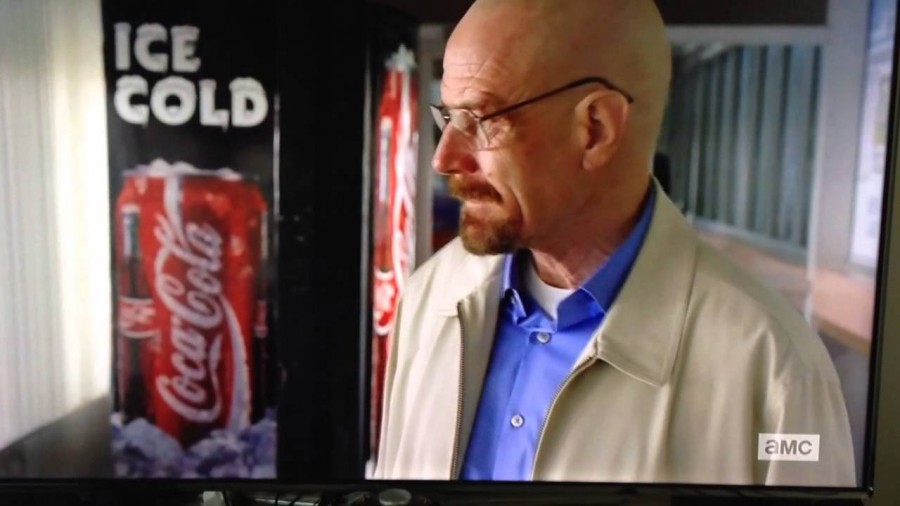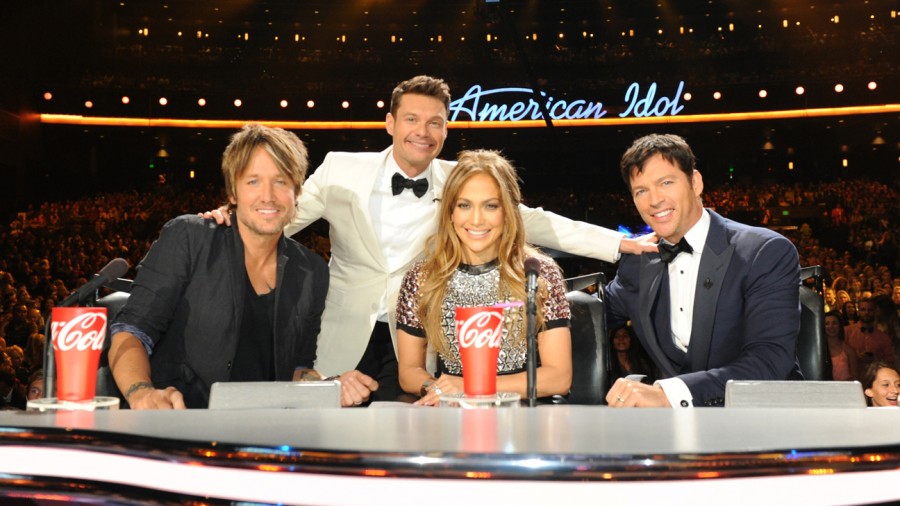There is now a new, increasingly popular way to grab our attention declined by direct advertisements… Product Placement. Actually, this is not a very new way. It was only because of the increased advertising budgets that it was beginning to get into our eyes, so we became aware of it. The history of product placement is as old as cinema. Even the Lumiere Brothers, who made the first film, featured images of Lever's daylight soap in their first short films. It turned out that one of their staff members also worked as a promotion staff for Lever Brothers (now called Unilever). The real development of the concept of product placement began in the 1930s. White Owl Ciggars provided $ 250,000 advertising support for the 1932 film "Scarface" on the condition that lead actor Paul Muni smoked the firm's cigarettes throughout the film. In the 1940s, all electronic materials in Warner Brothers films were General Electric brand.
![]() Development of Product Placement
Development of Product Placement
It is actually a small and strange creature that started product placement as we know it today. MEAT. Yep, that strange little alien creature. Steven Spielberg's E.T. For those who haven't seen the movie (the Extra-Terrestrial), let me briefly mention; The story begins when Eliot, a lonely orphaned boy, finds an extraordinary presence in the grove behind his house. In order to get the creature out of its hiding place, the child puts small pieces of cake on the ground along the path from the grove to his home. These are pieces of cake that are immediately understood to be Hershey's Reeses's Pieces brand. Director Spielberg first went to Marş Company, which makes M&M products, and asked if they would like to pay for their product appearing in the movie. When he received a negative answer, the offer sent to the other company was accepted. Over time this decision proved to be very wise for the company; A week after the release of the film, Reeses's Pieces sales increased to three profits, and a few months later, more than 800 cinemas across the United States began stocking Reeses's Pieces for the first time in their buffets.
Through Tom Cruise and his face, the American-based eyewear company Ray-Ban also achieved great turnover. After the deal made with the 1983 film "Riski Is", it increased its sales figure by 50 percent. Another forty percent with the movie Top Gun. Ray-Ban will realize the profit from a successful product deployment that two decades later, in Man In Black 2, the company's sales tripled in the six months after Will Smith wore black retro glasses this time. According to a company official's statement, the normal advertising cost for such a return would exceed $ 25 million.
The Start of Clownery
After these budgets and profitability, the product placement practice increasingly reached the limit of nonsense. When 23 brands were exhibited in 123 minutes in the James Bond series Die Another Day, which was filmed in 2002, the audience was rightfully disturbed.

Many critics questioned the sincerity of the film, some even m
ocking it as Buy Another Day. 103 brands are shown in the 117-minute film Racer, shot in 2001 by Sylvester Stallone. It's almost a brand per minute. These days, we are dragged under the flood of product placement that are stuck in our eyes without stopping, pushed, pushed, squeezed, seduced, whispered in our ears, burdened on us and crushed. So what's the result? Snow blindness. Or something close to it. By the way, did you have the opportunity to watch the James Bond movie Casino Royal starring Daniel Craig? Can you remember any of the products advertised in the movie? Fed-ex? Bond's Omega watch, Sony Vaio computer, Ford car? Believe it or not, they all passed before you without attracting any attention. In fact, the manufacturer of all the cars in Casino Royal is Ford: Land Rover, Jaguar, Linkoln and Aston Martin, which is the signature of Bond. Sony exhibits not only Vaio brand computers, but also Ericson phones, Bluray brand players and LCD televisions. But if you are like me, it is the Aston Martin of Casino Royal that you remember; this, in my opinion, is due to a connotation to James Bond that has been consolidated over the years, rather than a real recollection of the film. The result of branding the car with Bond.
Televisions are no less than cinema. In the prime-time broadcast generation, it is predicted that the portion sold to advertisers for money will increase to seventy-five percent.
The Importance of Harmony
Too many ads will not produce much results. When the product placement studies were exaggerated, we saw that there were bad results. These bad results harm both brands and films. A visual and mental harmony is required for a successful product placement work. The product must melt into the story, be a part of that story. Product placement works that give the impression of an afterthought and conspicuousness can even damage brands. In the next article, we will examine the effects of a product placement on brands.
 Development of Product Placement
Development of Product Placement

